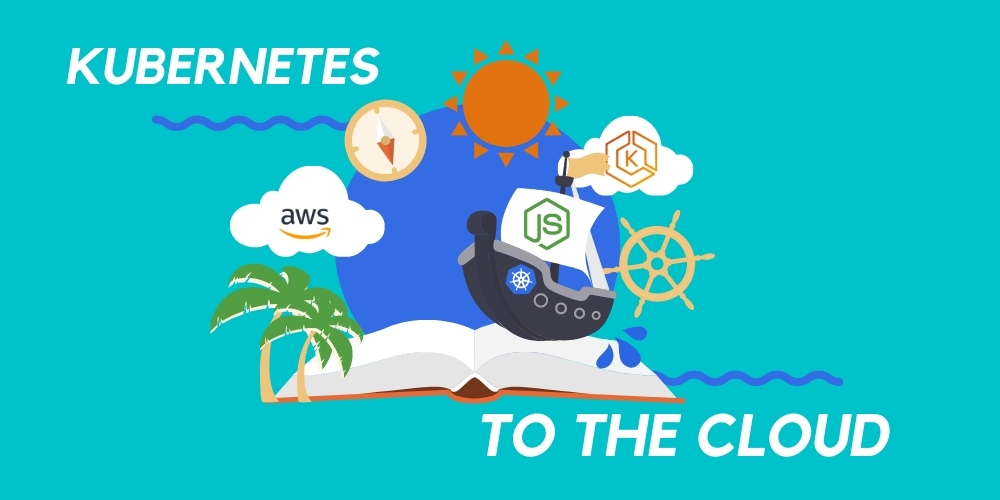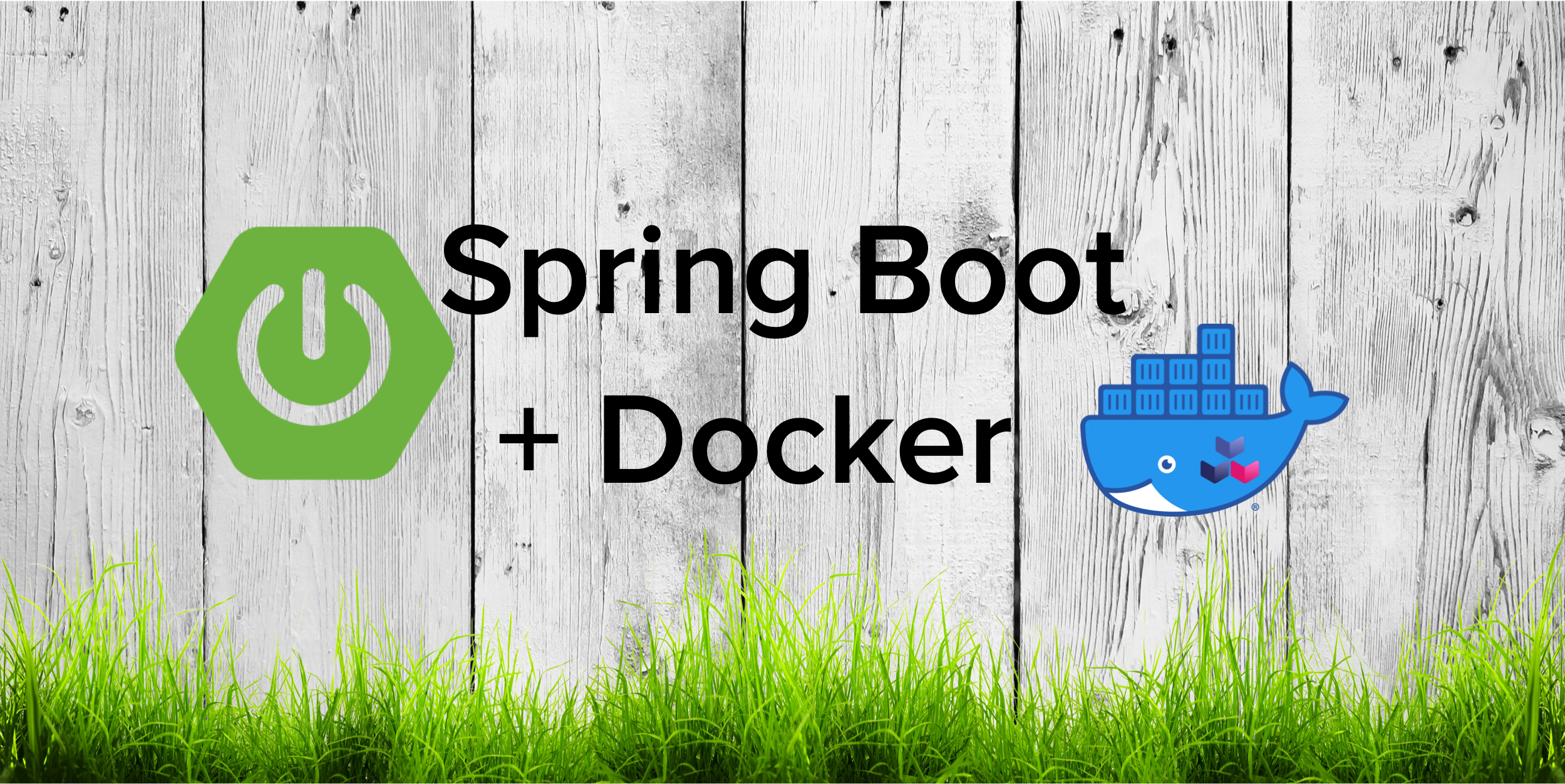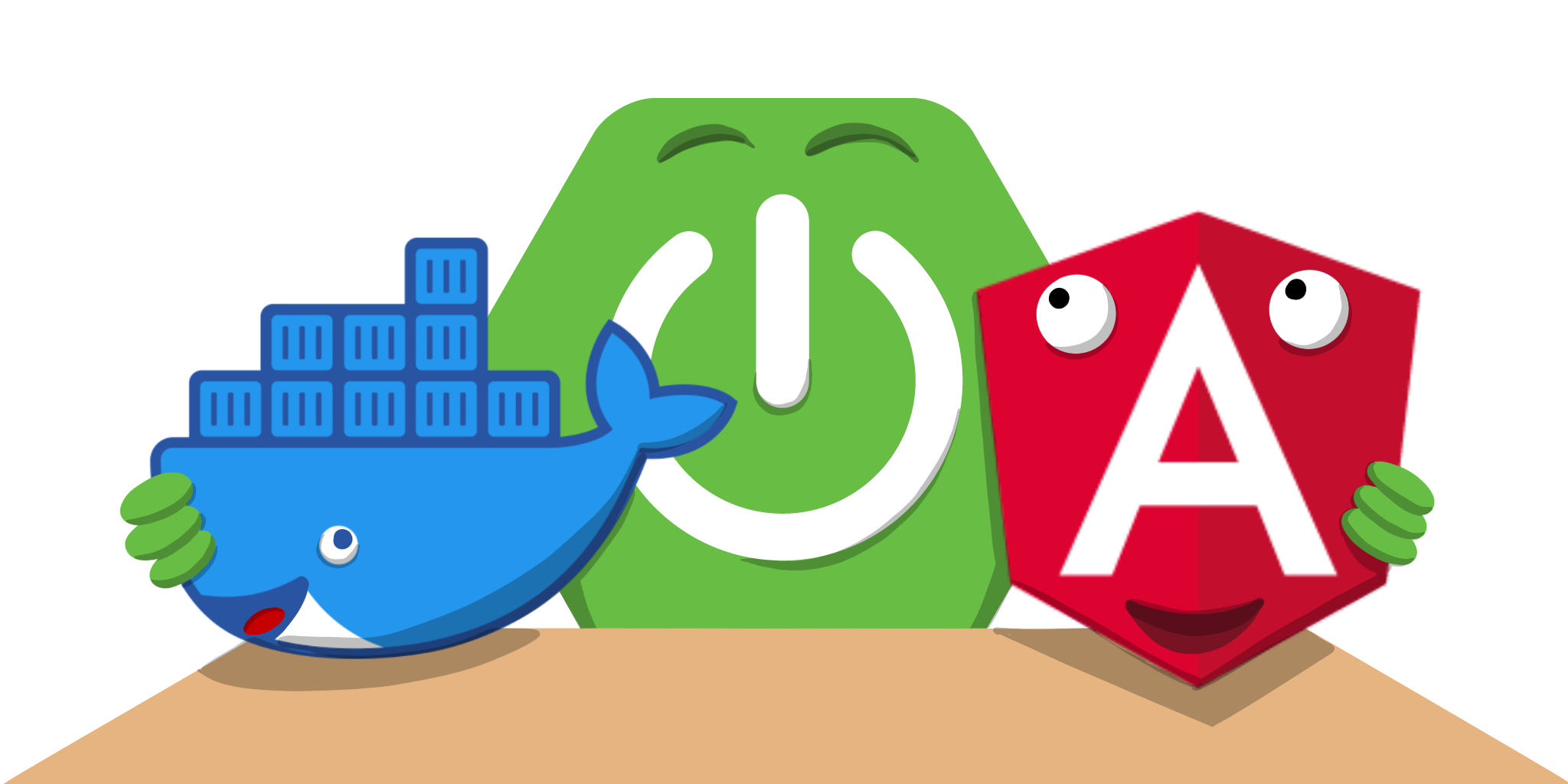Articles tagged docker
Kubernetes To The Cloud With AWS: Deploying a Node.js App to EKS

Since 2013 when it was released to the public, Docker has become an industry-standard tool for development teams to package applications into small executable containers. A year later, Kubernetes was released by Google to manage large amounts of containers, and provide features for high availability (HA) and auto-scaling. While Kubernetes adds many benefits to your container management, you might find the process of setting up Kubernetes within your on-premise infrastructure quite challenging, especially on the...
How to Docker with Spring Boot

Those of you reading this have certainly heard of Docker. After years of hype, it has become the somewhat standard technology for everyday DevOps operations. It greatly helped to simplify deployments and testing by creating efficient, immutable images of the applications which are working in their own silo. More efficient placement of applications has made this technology central for cloud applications which is why it has gotten so much attention in recent years. Docker has...
Heroku + Docker with Secure React in 10 Minutes

You’ve built a React app, but now you need to deploy it. What do you do? First, it’s probably best to choose a cloud provider as they’re typically low-cost and easy to deploy to. Most cloud providers offer a way to deploy a static site. Heroku supports static sites, easily deploys apps with Git, and provides a CLI that developers love. A built React app is just JavaScript, HTML, and CSS. They’re static files that...
Angular + Docker with a Big Hug from Spring Boot

Building modern apps with Angular and Spring Boot is a common practice these days. In fact, if I use Google’s Keyword Planner to look up popular search terms, it’s one of the most popular combinations. The results in the list below are average monthly searches and not limited by location. This tutorial is the fourth and final in a series on Angular and Spring Boot in 2020. In the first one, I showed how to...
Add Docker to Your Spring Boot Application

Docker enables you to deploy a server environment in containers. A container is a standardized unit of software that assembles code, runtime, dependencies, settings, and initialization in a single package that you can run reliably from one computing environment to another. Deploying your app as a Docker container is not hard, and can alleviate a lot of problems that you may encounter when moving your app around the multiple environments it has to go, like...
Build a .NET App Quickly with Docker

In this post, you’ll build a .Net Framework application with Visual Studio on Windows 10. You’ll then containerize your application so it can be reliably deployed and run on any instance of Docker for Windows. Since containers share the host operating system, you can only run containers compatible with your host operating system kernel. For Linux based applications, practically all versions of Linux share the same kernel, so as long as you’ve installed Docker, you’re...
Build a Simple .NET Core App on Docker

Wouldn’t it be great if stuff just worked? Especially in the ever-changing world of software. Chasing dependency issues and debugging arcane operating system errors - not a good use of time. One important aspect of “stuff just works” – reliability. Recently, the software community has made strides in test-driven development and continuous integration processes to drive up quality, and of course, that improves reliability. But it can only go so far. Operating systems perform many...
Get Jibby With Java, Docker, and Spring Boot

Docker is a very popular system for containerizing applications. Containerization packages the executable code along with the runtime environment in deployable virtual images using a repeatable, automatable process. In the world of cloud-based development and microservices, where a single application can be spread across hundreds of servers in various networks with complex port configurations, the ability to automate the deployment of “units” of code is super helpful. The ability to control the execution environment also...
Build Spring Microservices and Dockerize Them for Production

In this post, you’ll learn about microservices architecture and how to implement it using Spring Boot. After creating some projects with the technique, you will deploy the artifacts as Docker containers and will simulate a container orchestrator (such as Kubernetes) using Docker Compose for simplification. The icing on the cake will be authentication integration using Spring Profiles; you will see how to enable it with a production profile. But first, let’s talk about microservices. Note:...
Test Your GitHub Repositories with Docker in 5 Minutes

How many times have you checked your code into GitHub, just to have someone else check it out and find out there was some dependency missing so they could not get it to run? I rely heavily on Docker for my build environment, and before I release anything to a teammate, I like to run it through a quick test in Docker to make sure everything is working properly. This approach is simple and only...
A Developer's Guide To Docker - Docker Swarm
Redundancy is a big deal when scaling websites. However, deploying and managing clusters of containers can quickly become untenable. While there are a few container orchestration tools out there like Kubernetes and Mesosphere (DC/OS), Docker has its own called Docker Swarm Mode. Swarm Mode allows you to deploy, scale, and manage clusters of Docker containers from a single command window. In this tutorial, I’ll show you how to create a swarm, create some virtual machines...
A Developer's Guide To Docker - Docker Compose
Good developers care as much about efficiency as they do about writing clean code. Containerization can add efficiency to both your workflow and your application, and has thus become all the rage among modern dev. And, as a good developer, you know that manually creating containers from images using docker run ... or even using the Dockerfile to create containers is less than ideal. How would you like to have one command that tells Docker...
A Developer's Guide To Docker - The Dockerfile
Creating a consistent environment for development, testing, staging, and production is one of the big benefits of using containers. Not only do containers make the entire environment portable, they remove environment-specific problems, like, “Why does it work in test, but not in production?” Usually, it’s a package or framework that’s installed on the test machine that is not on the production server. Containers carry all those dependencies with them, minimizing the possibility for those problems....
Develop and Deploy Microservices with JHipster
JHipster is one of those open-source projects you stumble upon and immediately think, “Of course!” It combines three very successful frameworks in web development: Bootstrap, Angular, and Spring Boot. Bootstrap was one of the first dominant web-component frameworks. Its largest appeal was that it only required a bit of HTML and it worked! Bootstrap showed many in the Java community how to develop components for the web. It leveled the playing field in HTML/CSS development,...
A Developer's Guide To Docker - A Gentle Introduction
It works on my machine. We’ve all heard it. Most of us have said it. It’s been impossible to get around it… until now. Not only can adding Docker to your development environment solve that issue, but it can make it drop-dead simple to onboard new developers, keep a team working forward and allow everyone on the team use their desired tools! Why Containers? “Aren’t containers just lightweight Virtual Machines?” That’s the question I get...